Binding faggots
Once garden waste was a valuable fuel for ovens. If you want to use a wood fired baker’s oven, or you know somebody who wants to do so, carefully keep the branches when clipping, pruning or clearing the garden.
Bundling these branches together in a faggot is a neat and tidy way to store them. You make bunches with a length of about 100 cm and 30 cm in diameter that you press together well. Make sure to tighten well, the branches will shrink during drying and the binding will come loose.
To bind a few faggots, you can facilitate the work by using a clamp: loosely tie a rope around the middle of the bunch. Then insert a 30 to 40 cm stick underneath the rope and turn the stick until it tightens the bunch. When the faggot is sufficiently compressed, bind it with steel wire or baling rope (available from cattle breeders and horse breeders).
You can also use two levers (see alsoo woodman's grip) to tighten the branches, as shown in the diagram.




Building plan for a binding jig
If you have a lot of faggots to bind, you can make use of a faggot press or a binding jig as illustrated. The latter is easy to make yourself; click here for a simple design of a binding jig.
This design is based on a binding jig from our collection. You don't need prior knowledge to build it, nor any special experience or skill in carpentry. It is a light and compact device, easy to carry on your shoulders.
Its dimensions depend on the kind of wood that you have in stock or that you can easily obtain; the dimensions on the design plan are only a guideline.
You can make the bindings according to your own knowledge and skills; there are other possibilities, too.
Using a binding jig
(from: Over ezels en kreupelhout, Jean Destryker in Jaarboekje Zuidwestbrabants museum, 2007, p.13-15)
"De takkenbos werd tussen de 4 stijlen geplaatst. Een ketting werd rond de takkenbos gelegd. Een spanstok trok de ketting samen. De stok werd vastgehouden door een haak die bevestigd was op het uiteinde van het bindpaard. Al het werk kon door één persoon uitgevoerd worden."






images from: Over ezels en kreupelhout, Jean Destryker in Jaarboekje Zuidwestbrabants museum 2007, p 13-15
Send in pictures of your creation via info@mot.be!




















